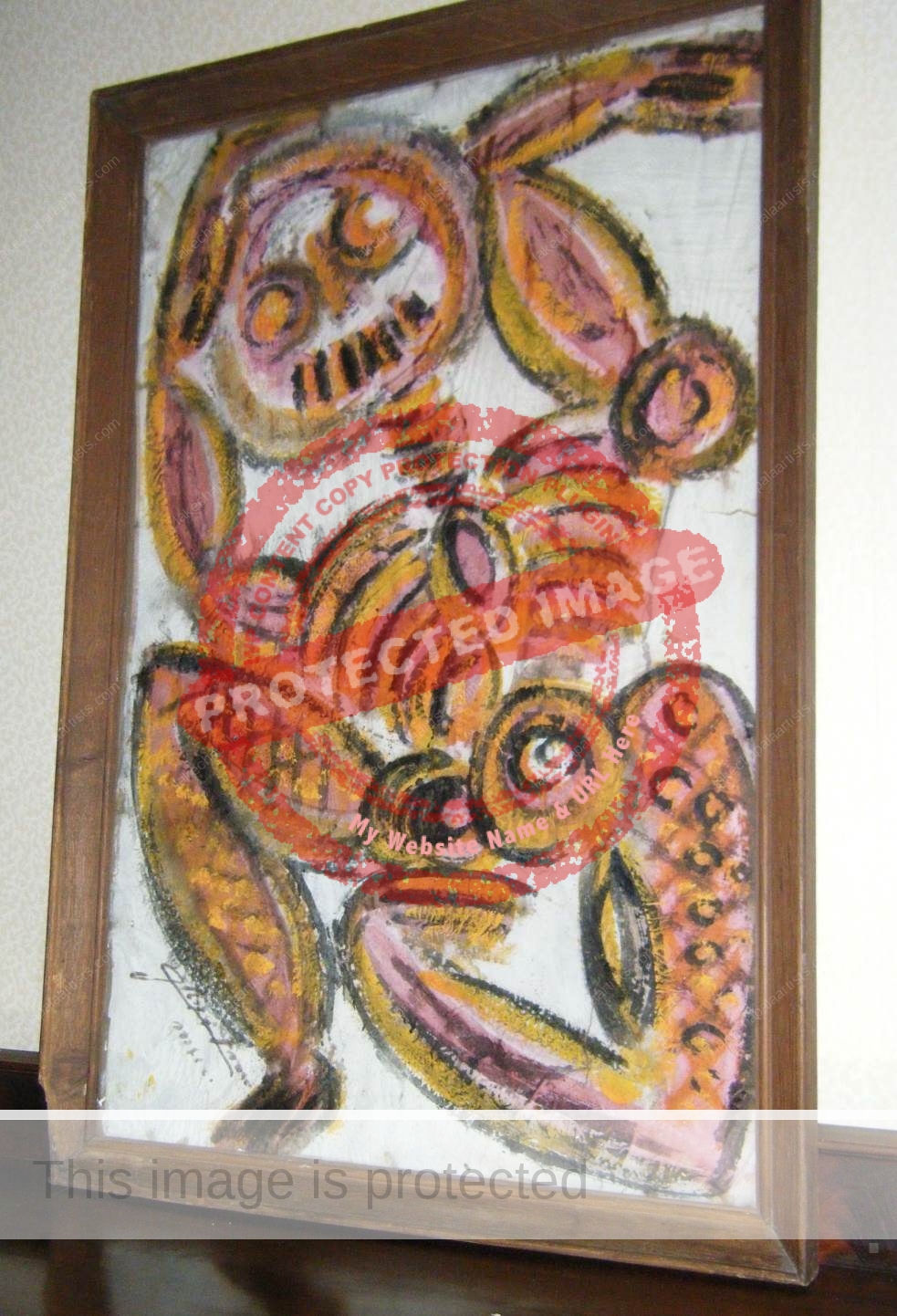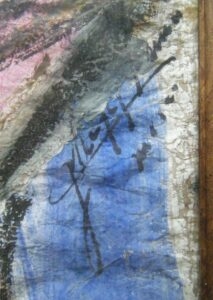Two fun and vibrant paintings related to Lake Chapala by “Ellen Black” appeared on the New York art market in recent years. The first, titled Chapala and dated 1967, was an oil on canvas measuring 30 x 24 inches, listed by Doyle Auctioneers & Appraisers in August 2021, with a provenance of “Galerie Internationale, New York / Thence by descent to the current owner” and a brief statement about the artist: “Ellen Black (20th Century) was active/lived in California. Ellen Black is known for watercolor painting.”
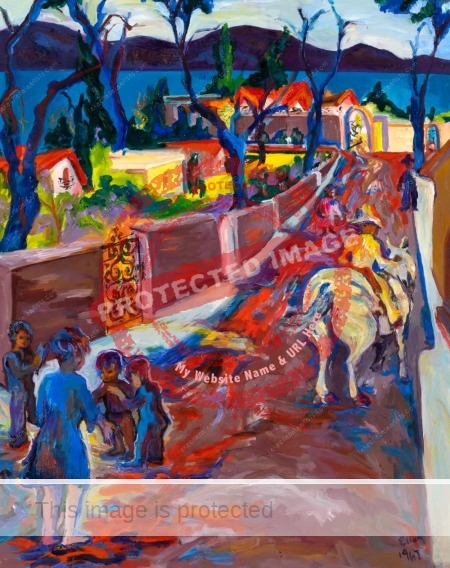
Ellen Black. 1967. Chapala. (Auctioned 2021 at Doyle New York)
The same auction house (Doyles) offered a second Ellen Black painting, with a similar provenance, in August 2023. It is an undated 40 x 30-inch oil on canvas titled Awaiting Ajijic. This painting was recently (March 2025) in a sale at Hayloft Auctions, New York, and is currently listed in an upcoming auction this month (October 2025) at Broward Auction Gallery LLC.
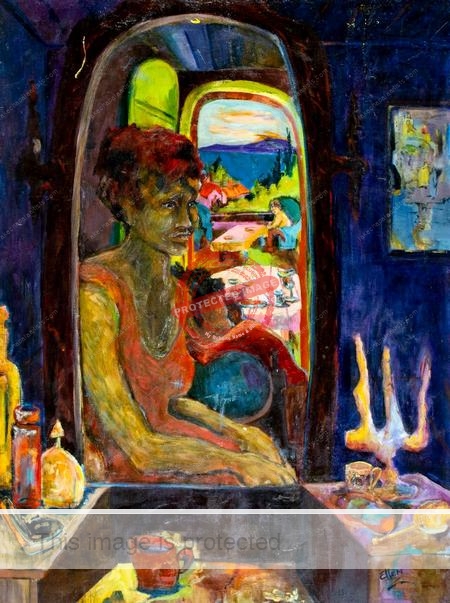
Ellen Black. Undated. Awaiting Ajijic.
Given that Galerie Internationale in New York exhibited many major artists in the 1960s, my curiosity was more than a little aroused.
My initial efforts to identify “Ellen Black” turned up a noted watercolorist and art educator living in Wyoming, who had earlier links to California. However, when I spoke with her briefly by phone, this Ellen Black explained that she had never been to Lake Chapala and normally signs her works “E. Black.” At this point I published an Art Mystery seeking help from readers!
My failure to identify Ellen Black has bugged me ever since, so I recently began a more extensive search for the artist of these wonderful paintings. More by luck than judgment, I can now offer a likely candidate, even if definitive proof is still lacking.
A 1970 article in the Sun Post News (San Clemente, California) about a forthcoming demonstration of Stain Painting at Laguna Beach Art Gallery by “Mrs Ellen Black,” gives a tantalizing back story about the artist-presenter. According to the article, she had enjoyed “a promising career on the Broadway comedy-musical stage” prior to deciding to devote more time to painting.
After formal studies in art in New York and Connecticut, Black studied at L’Academie Julien in Paris and then traveled through Italy, Spain, Switzerland and Austria, apparently with the intention of producing a book based on her European drawings; it is unclear if it was ever published.
After moving to California in 1961, Black studied at UCLA, San Fernando Valley State College, and Pierce College, Los Angeles.
The article explained that she had won many awards, and prizes, including “two gold Medals, on the East and West Coasts.” Elsewhere, we learn that Black’s awards in 1964 included a first place in watercolor at the 5th annual Woodland Hills Art Festival, and a second place for black-and-white drawing at the Northridge Festival.
In 1968, Black’s work was accepted into the juried Sacramento State Fair Exhibit. She was elected a Life Member of the California National Watercolor Society and was one of 40 painters chosen from the Society’s Laguna Beach Show in 1970 to have works included in its nationwide traveling exhibition. By that time, she was studying drawing with Keith Finch, exhibiting at The May Co. Gallery of Fine Arts in California, working on an M.A., and was a member of the workshop of Sueo Serisawa.
In 1973, her watercolor “The Portrait of William Marburn Black,” included in another traveling exhibit of the California National Watercolor Society, was described by a critic in Ohio as depicting “youthful ponderance and relaxation.”
Since her move to California, Black had also found time to perform on stage (dates and theaters unknown) in “Death of a Salesman,” “Bye Bye Birdie” and “Under Milkwood,” was well as make TV appearances, including in the Dr. Kildare series.
Please get in touch if you can shed any more light on this Ellen Black, especially if you know of when and how her links to Ajijic and Chapala came about.
Note: This is an updated version of a post first published 22 Jan 2022 as an “Art Mystery.”
Sources
- The Van Nuys News (California): 1 March 1964, 43; 29 May 1964, 9.
- Springfield News-Sun (Ohio): 15 April 1973, 20.
- Sun Post News (San Clemente, California): 22 April 1970, 12.
Comments, corrections or additional material welcome via the comments feature or email.
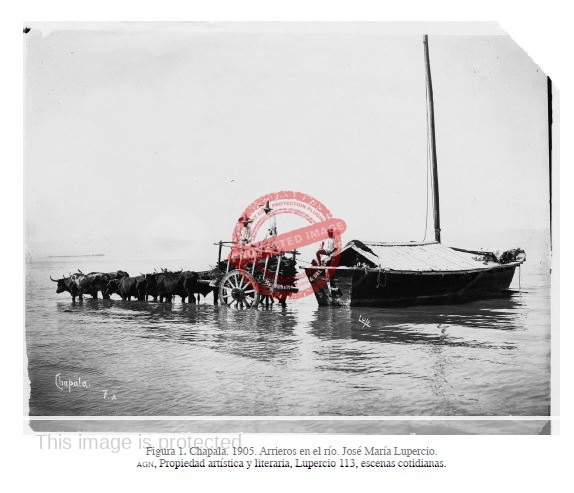
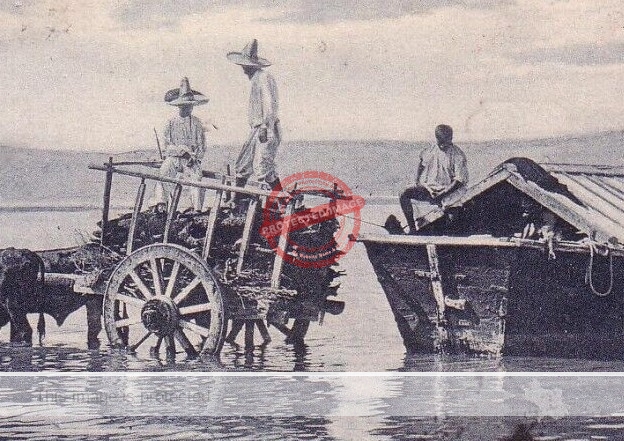


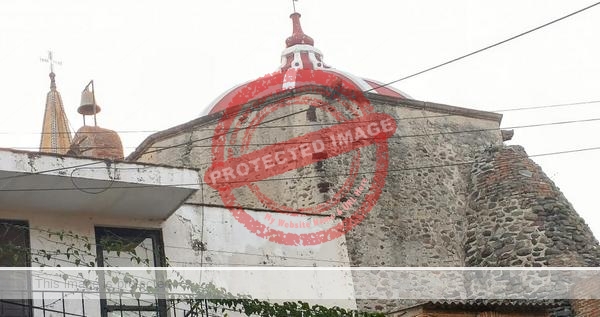
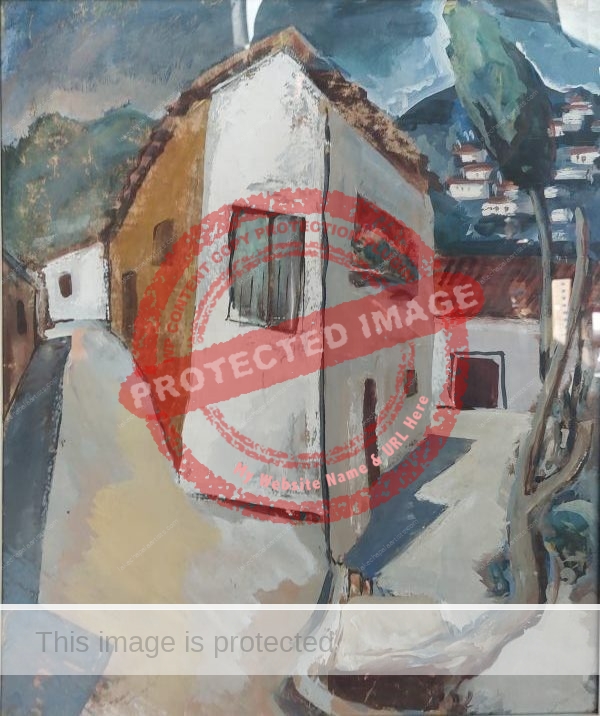

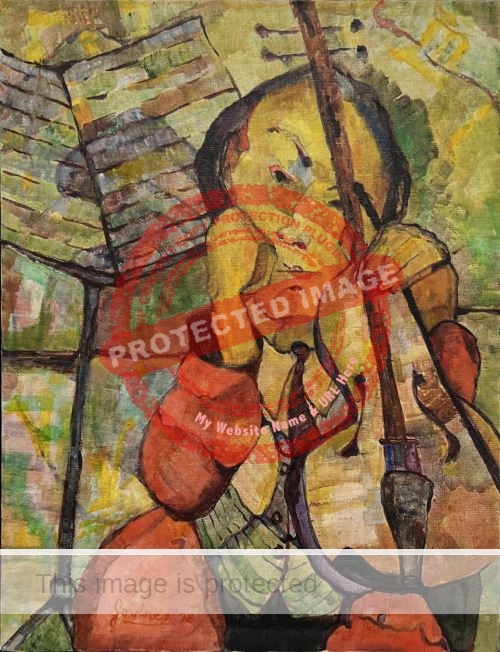
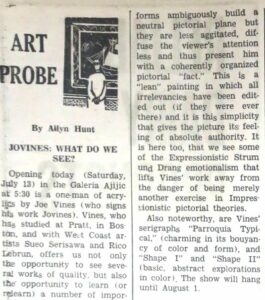 Joe Vines, sometimes mistakenly spelled as either Jo Vines or Joe Vine in contemporaneous news reports, was a male artist who signed his work “Jovines.” He held a solo show in March 1968 at the “Galería Ajijic Bellas Artes,” administered by Hudson and Mary Rose, that was located at Marcos Castellanos #15 (at the intersection with Constitución) in Ajijic. Reviewing the show, Allyn Hunt described his work as “sparkling, colorful silkscreen prints.”
Joe Vines, sometimes mistakenly spelled as either Jo Vines or Joe Vine in contemporaneous news reports, was a male artist who signed his work “Jovines.” He held a solo show in March 1968 at the “Galería Ajijic Bellas Artes,” administered by Hudson and Mary Rose, that was located at Marcos Castellanos #15 (at the intersection with Constitución) in Ajijic. Reviewing the show, Allyn Hunt described his work as “sparkling, colorful silkscreen prints.”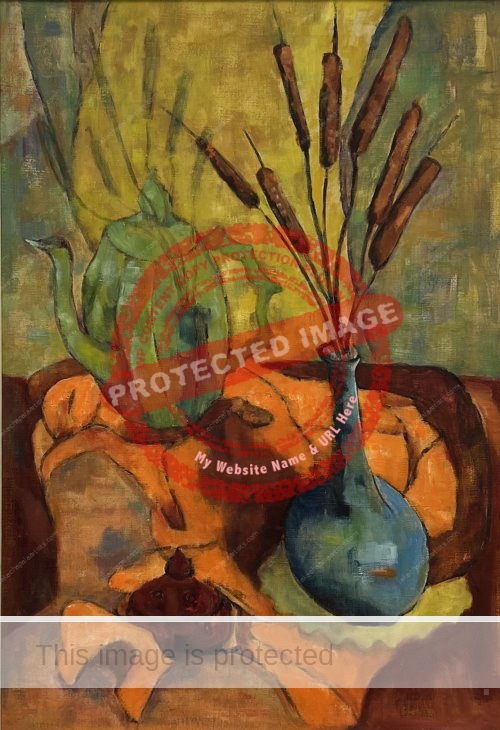
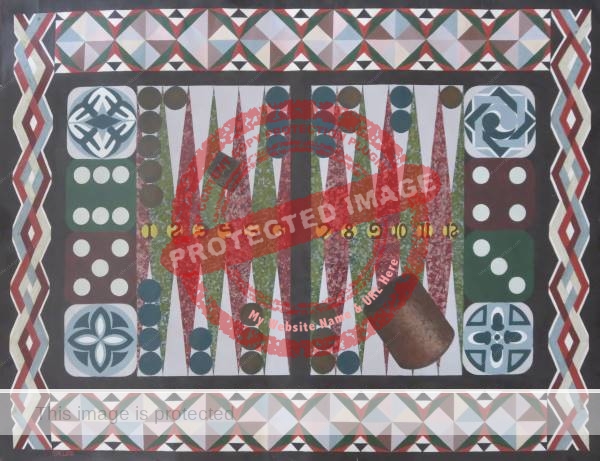
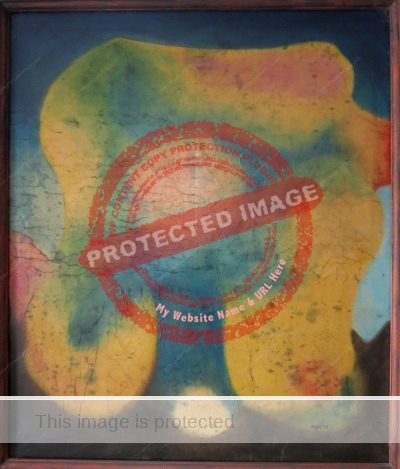
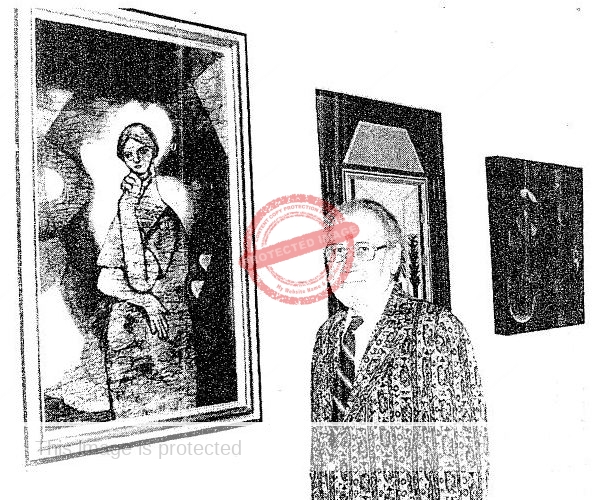

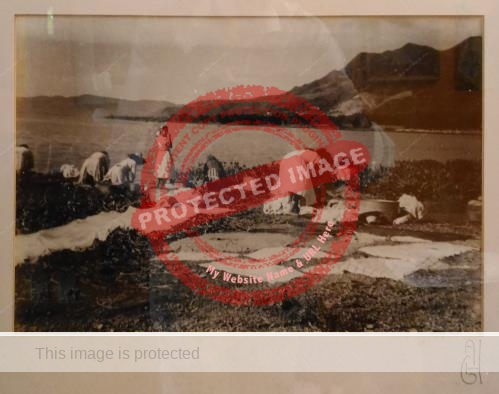
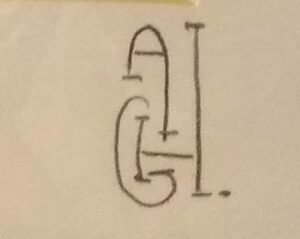
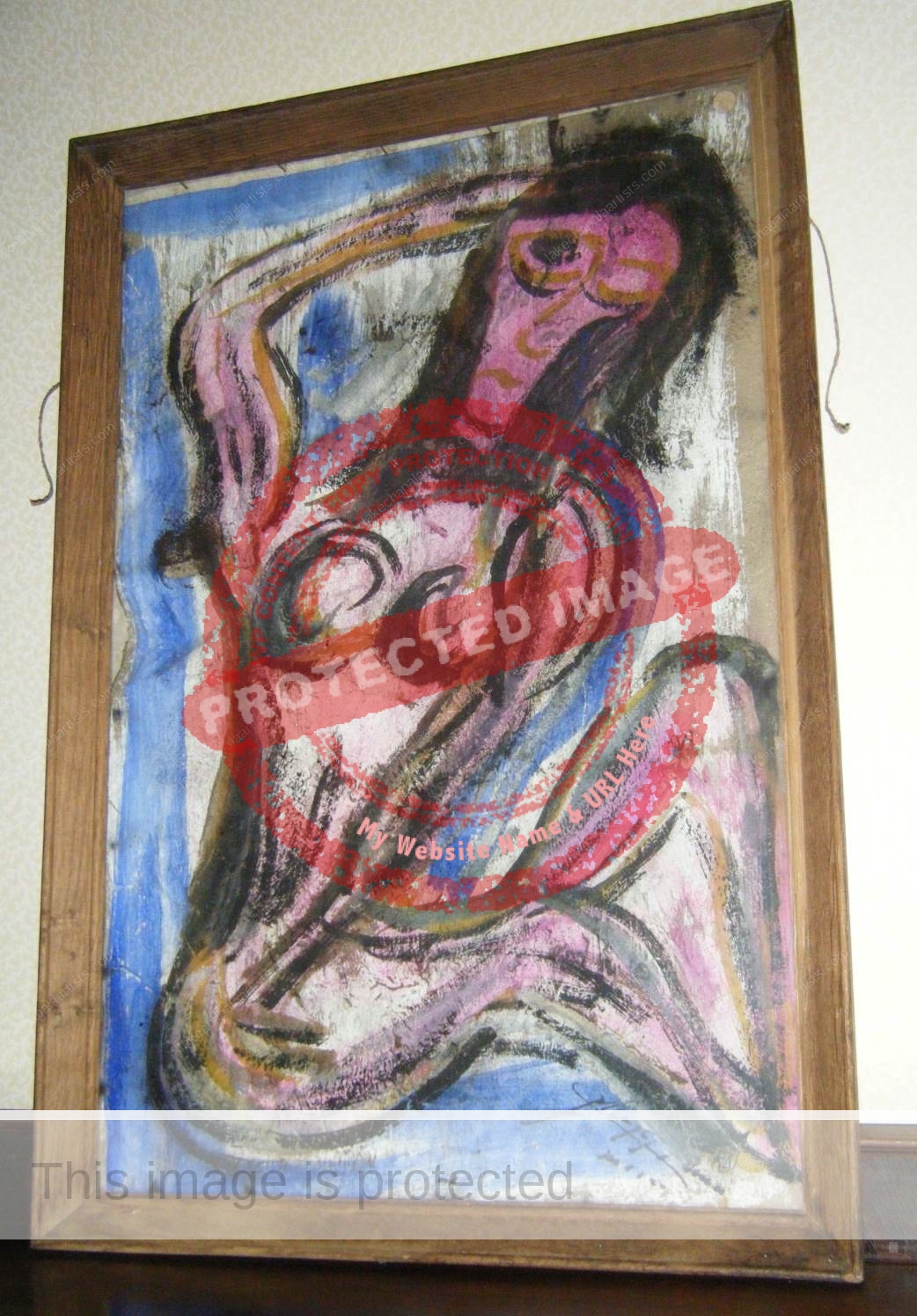 Painting #2:
Painting #2: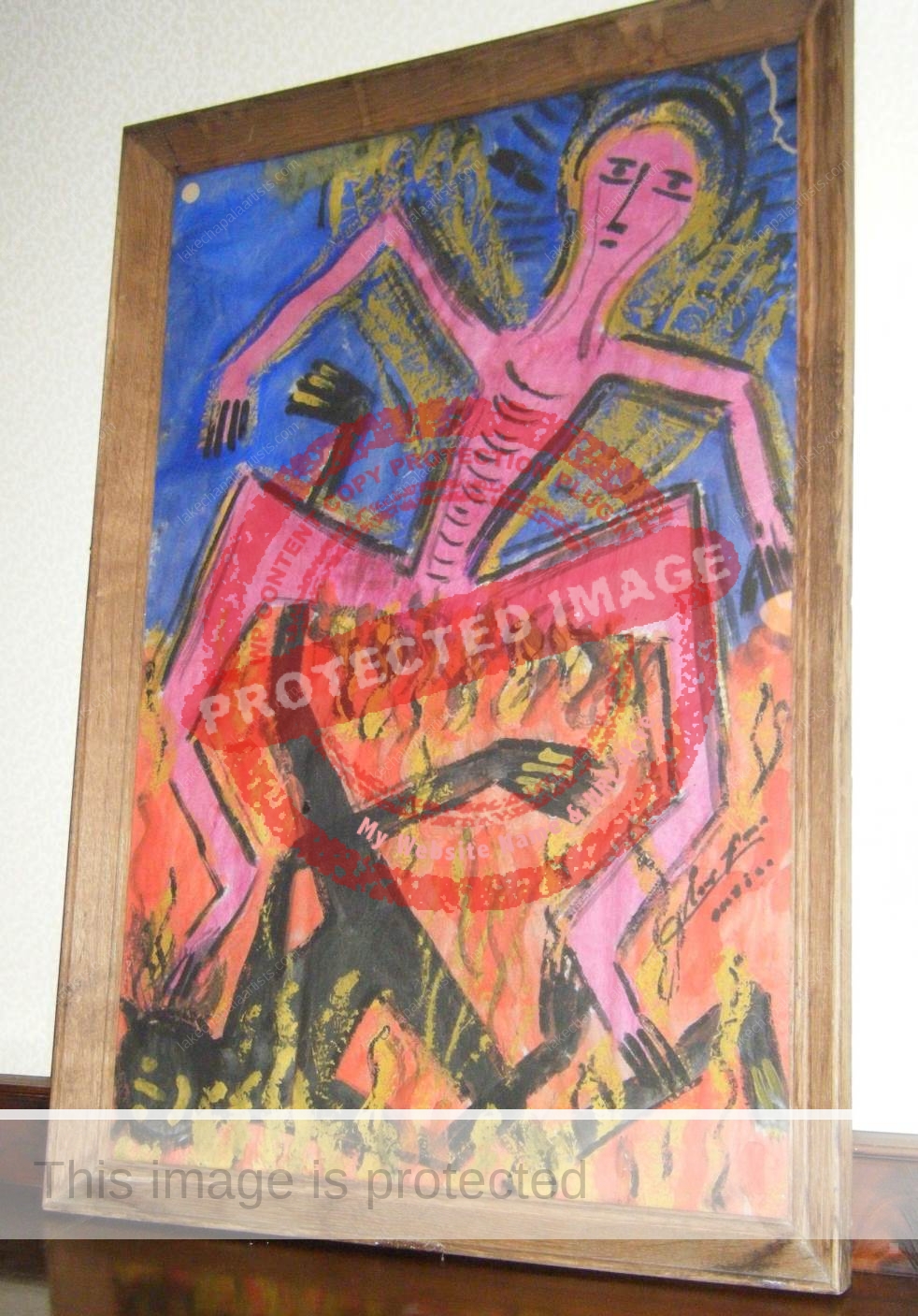 Painting #3
Painting #3